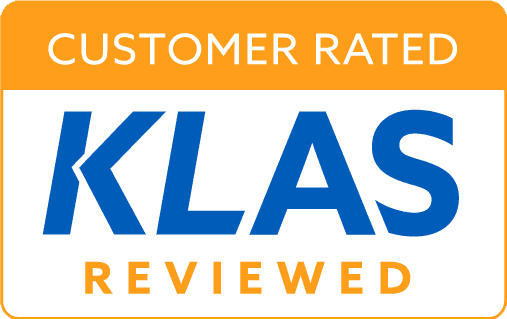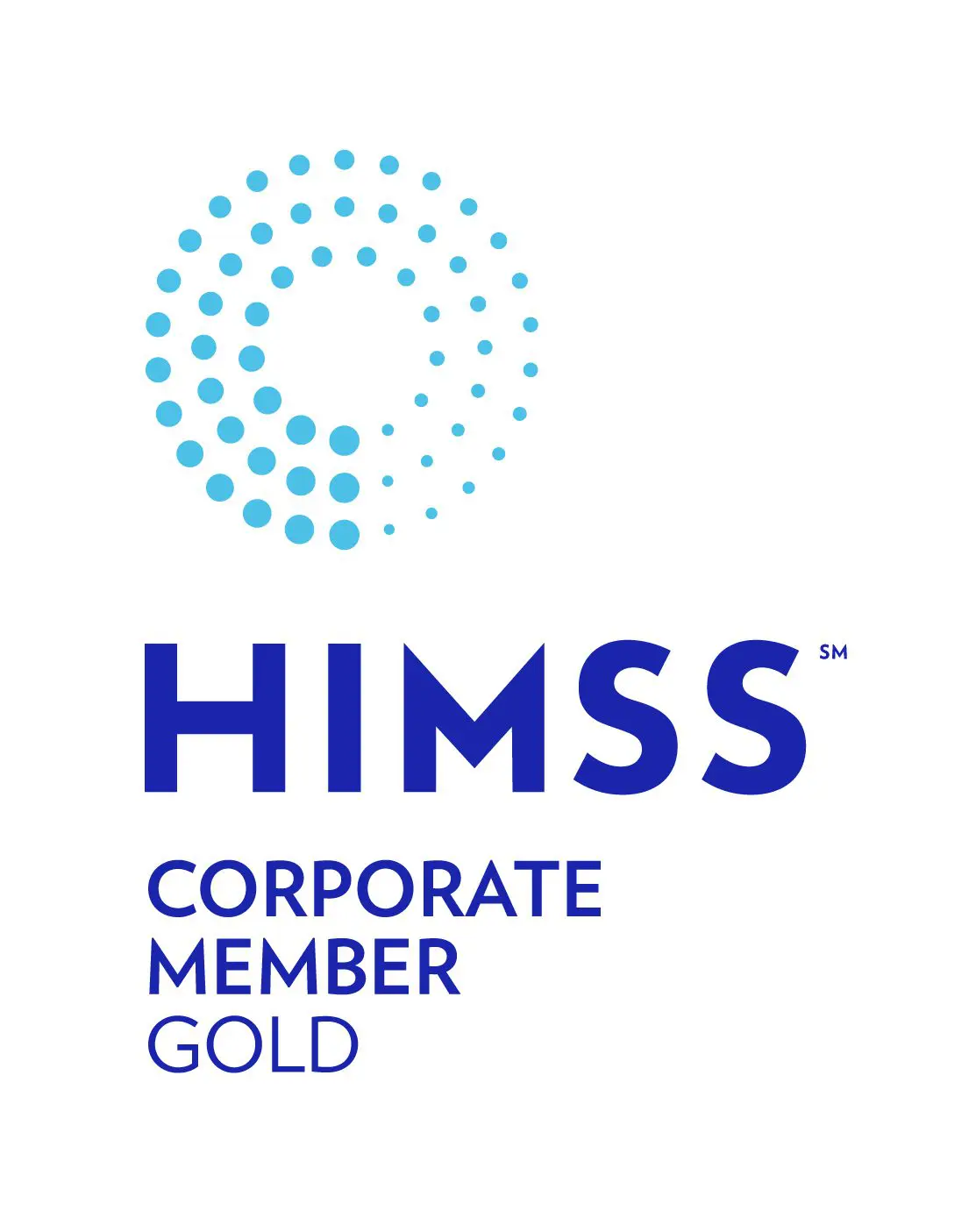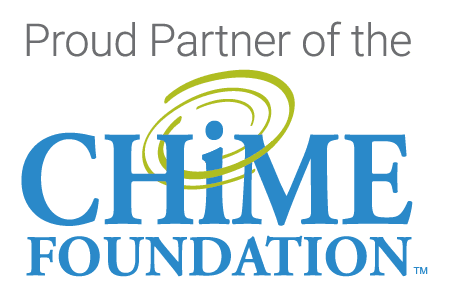
Cutting cost and increasing operational efficiency is a focus right now in the healthcare industry, and – when it comes to medical records management and retention — these pressures run up against skyrocketing data volumes.
While the overall volume of electronic data doubles every two years, health data outperforms this estimate and is expected to be the highest data growth business sector with a compound annual growth rate (CAGR) of 36 percent through 2025. It is estimated that a single patient generates close to 80 megabytes of data each year in imaging and electronic medical record (EMR) data. From x-rays to prescriptions to mental health records and more, health data adds up.
The first question is whether all that data is needed for the long haul.
 “We find that, on average, 30-40% of unstructured storage is noise and can be confidently removed,” said Joe Ponder of InfoCycle, an information lifecycle expert, in a recent blog series, Opportunities for Cost Reduction and Operational Improvement. “This noise is often categorized by the industry as ’ROT’ or Redundant, Obsolete and Trivial data. In addition, the average cost of adding additional (unnecessary) storage to some of these solutions can range from $3,000 – $5,000/TB.”
“We find that, on average, 30-40% of unstructured storage is noise and can be confidently removed,” said Joe Ponder of InfoCycle, an information lifecycle expert, in a recent blog series, Opportunities for Cost Reduction and Operational Improvement. “This noise is often categorized by the industry as ’ROT’ or Redundant, Obsolete and Trivial data. In addition, the average cost of adding additional (unnecessary) storage to some of these solutions can range from $3,000 – $5,000/TB.”
Beyond the storage and management costs of over saving data, there can be legal expenses that make keeping too much data a costly and cumbersome decision. eDiscovery costs can range from $5,000 – $30,000 per gigabyte with discoverable vs evidence ranking about 1000 pages discovered to one page entered as evidence.
There is a better way.
While many healthcare organizations have kept all their records without worrying too much about ever needing to access the information again, there are best practices and technology solutions to support providers in lifecycle data management.
Here are four health data considerations to cut costs and drive operational efficiency:
- Conduct a Data Audit – Involve legal, compliance and IT teams to develop a roadmap for record retention guidelines that takes into account HIPAA, federal and state retention requirements.
- Maintain a Record Retention Schedule – Create and consistently update a retention schedule that includes an audit of the types of records that need to be stored and for the length of time required by the regulations and laws for each type of record. The plan must be executable so it becomes a standard practice. Involve legal, compliance, IT and other key stakeholders in your organization to ensure that the plan meets the enterprise-wide requirements for what needs to be retained and for how long.
- Plan ahead – Create a solid plan for the future that includes an active archive with robust search, sort and filter functionality for historical data. It will be less costly over the long term and less overwhelming should the data be needed for eDiscovery or an audit. Some healthcare organizations have developed stand-alone methods for data management; others rely on vendor developed systems and/or retention models and architecture developed by industry organizations such as the International Council of Archives (ICA).
- Develop a plan to eliminate Redundant, Obsolete, Trivial data (ROT). This “eTrash” as it is commonly known can take up valuable storage space and create discovery headaches down the road. eTrash refers to unstructured content with no business purpose that may not require preservation it for regulatory or compliance purposes.
In many cases, by including an active archive in a data management strategy, there is an ROI within 12-18 months. Plus, there are important benefits in terms of increased security and decreased risks of system failures from outdated equipment and software.
Ranked as the 2020 top EHR Data Archiving Company, including Data Extraction and Migration, by Black Book™ Rankings – Harmony Healthcare IT prides itself on working with all IT stakeholders to formulate a strategy that lowers maintenance costs, makes release of information more efficient, and provides easy accessibility to records for consolidated clinical viewing and regulatory compliance.
Is your organization focused on cost savings and operational efficiencies with the ever-growing data store within your care?
Note: To follow Joe Ponder’s blog series, Opportunities for Cost Reduction and Operational Improvement, visit: https://www.infocycle.com/blog






